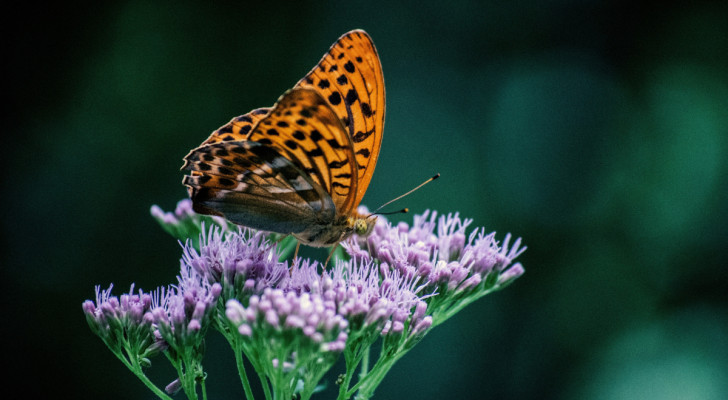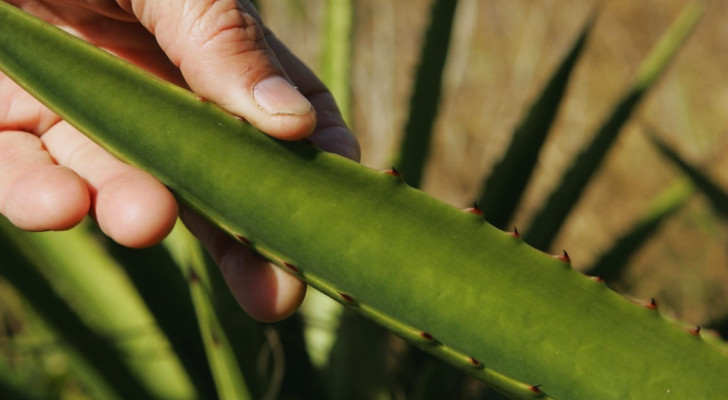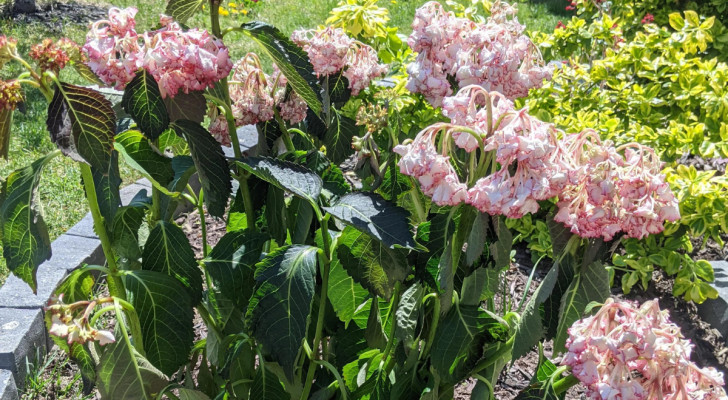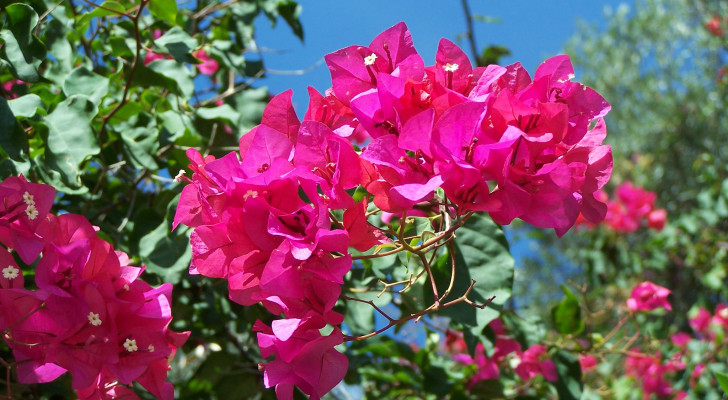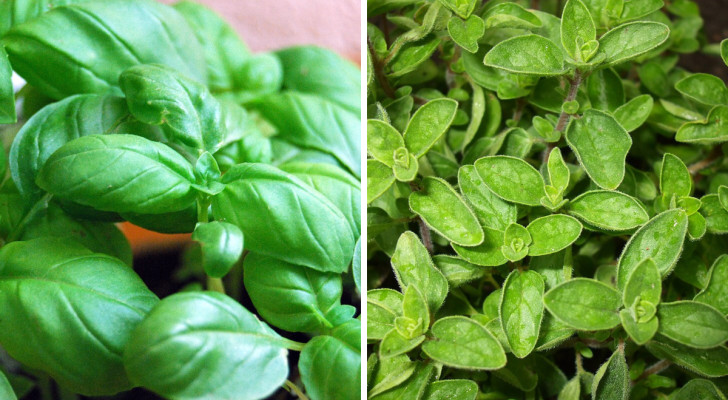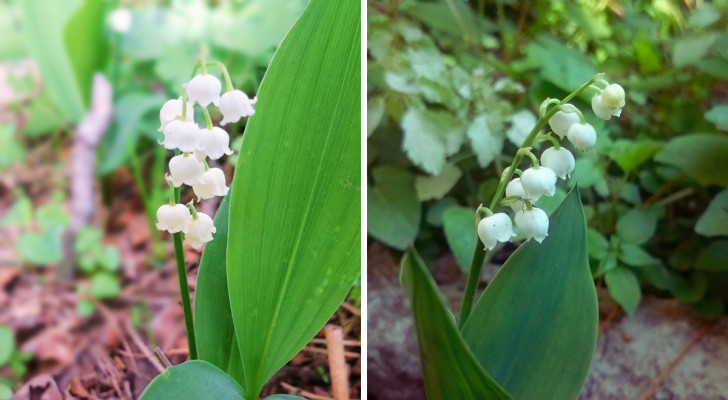Growing hibiscus plants: here's some of the most common problems they may have and how to resolve them

Quartl/Wikimedia Commons
Large, colorful and with stunningly beautiful flowers, hibiscus plants show of their best during the summer. Hibiscus plants are also quite robust and easy to grow, but they can still fall victim to diseases or have other deleterious issues. Let's check out some of the most common problems hibiscus plants can have and how to treat them.
How to tell if your hibiscus is sick
If you suspect your hibiscus plant is sick, just look at the general condition of the leaves and flowers: when they do not appear to be very vibrant and full, but are wilting and curling up, you will need to intervene.
Although most hibiscus species can tolerate high levels of exposure to direct sunlight and limited periods of drought, it is likely that the above problem will be solved by simply watering the plant thoroughly. When watering a "thristy" plant, you need to water it slowly and abundantly, giving the dried-out soil the time to gradually soak up water. Also, you need to ensure potted hibisicus plants drain properly and that water does not stagnate under the pots (which can cause root rot).
Diseases that can affect hibiscus plants
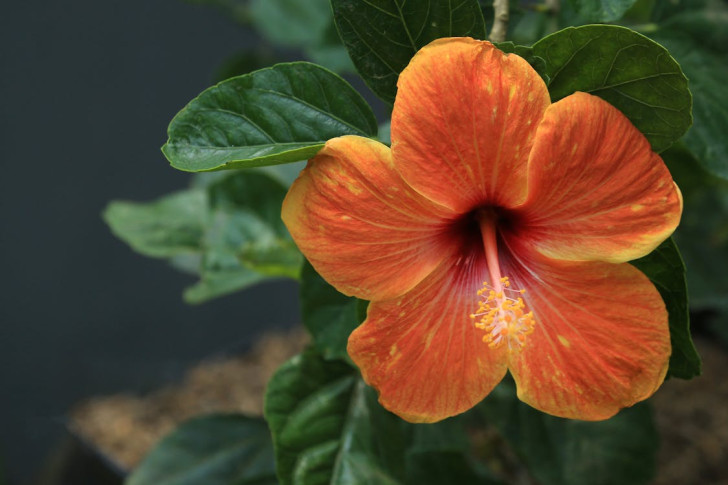
Jeffry Surianto/Pexels
Aside from watering issues, diseases and parasites can negatively affect your hibiscus plants. Here are some of the most common issues you might have:
- Apical or dieback disease: when your hibiscus is generally in good shape overall, but there are one or two branches that are withered and decayed, then you could be facing a fungal or bacterial problem. This phenomenon is usually caused by fungi or bacteria that have entered the plant through a wound (like a broken twig, for example). At other times, you might find that some flowers have withered but have not fallen off the plant: this condition is typically caused by stem rot in areas where humidity levels are high (favoring the proliferation of damaging fungi and bacteria).
In these cases, use scissors with very sharp, sterilized blades to cut away the damaged/diseased parts of the plant. Start from where the branch is damaged and make sequencial cuts until you find healthy wood. Always remember to clean the blades of your scissors with alcohol before making each new cut to avoid spreading any disease or infection. If a cut is made on a large branch, you can cover the wound with special healing resins specifically made for plants and contained in many brands of pruning paint. - Wilt disease: your hibiscus might have this disease if the leaves are wilted and do not respond to watering. Sometimes, this disease is identified as root rot, but only because the fungus enters the plant through its roots. Wilt disease prevents the plant from assimilating nutrients (the fungus disrupts the plant's capillary system). Typically, the leaves will appear wilted, but will not turn from being green to yellow or brown.
This is a slightly more difficult condition to treat, but you can try the following:
1. Shield the plant from strong, direct sunlight, but ensure it's still in a brightly-lit spot;
2. Spray water on the leaves - but only if the soil is dry and do not waterlog the plant;
3. Remove any yellow leaves but not any of the green ones, even if they are withered or wilted. It's not necessary to cut off any branches;
4. Continue to spray water on the leaves, on all sides, every day. Be patient - sometimes it takes a couple of months before the plant recovers;
5. You can also administer Neem oil-based products to the soil, which help fight off infections caused by certain fungi and pathogens.
Other possible problems
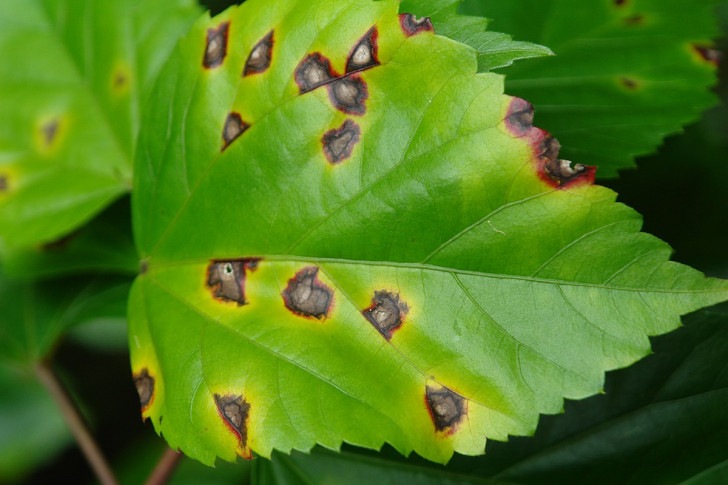
Other signs your hibiscus plants might have a problem are:
- Leaves with yellowed edges and black marks/blight on them: this condition is caused by pathogens that develop in high-humidity areas. To prevent this, avoid watering your hibiscus plants too often and ensure they have proper exposure to sunlight (see above) and good ventilation;
- Mealybugs: these small, white parasites must be removed immediately from your hibiscus manually (and ensuring they do not fall on the ground and/or near other plants). Once done, treat the plant with anti-mealybug products or with Neem oil.
With a little attention, you can save your hibiscus plants from all these potential threats!
